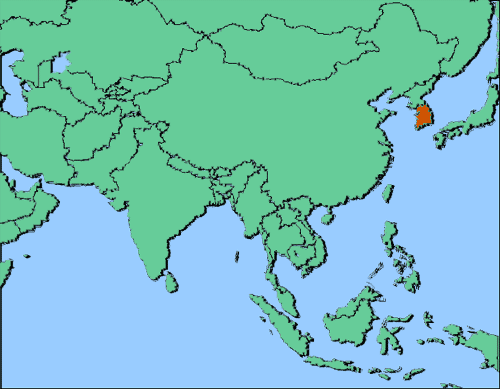
Circle the area on this map

D. The deal was signed in 2007 and ratified last month by the U.S. Congress. South Korean farmers and some workers oppose the deal, saying it threatens their livelihoods and favors U.S. workers.
C. With a population of more than 10 million, Seoul also is South Korea's largest metropolis. Thousands of activists marched down an eight-lane boulevard in downtown Seoul after the parliamentary vote, calling it a "violation of democracy."
C. The government argued that the deal would lessen South Korea’s dependence on trade with China and deepen its alliance with the United States at a time of growing military threats from North Korea.
D. South Korea actually has the most equal distribution of family income of these four nations, followed by Japan and then China. The United States is the most unequal of the four.